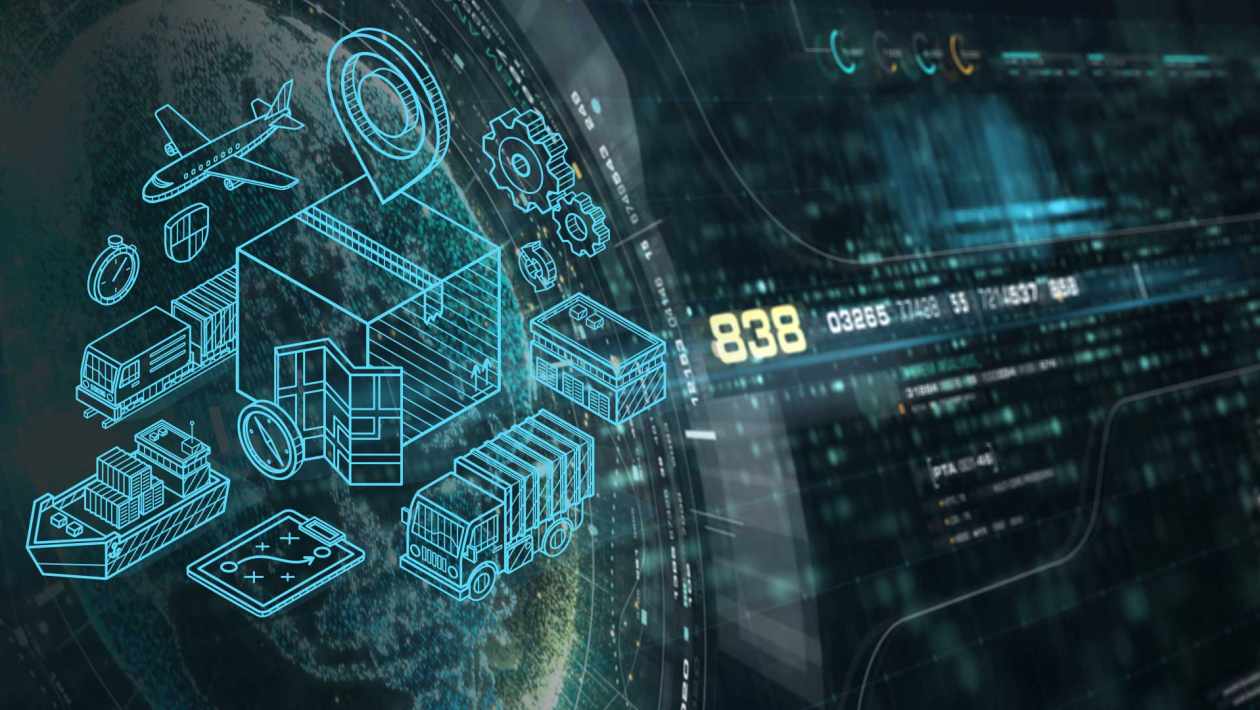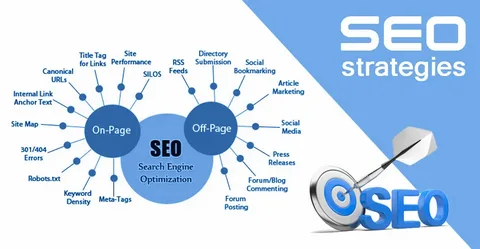Supply chain management oversees all the operations involved in sourcing raw materials, transforming them into finished goods or products, and shipping them to the end-product consumers. The success of any business depends on its supply chain management processes that ensure the chain’s management system performs its functions, benefiting everyone in the chain. A typical supply chain with multiple stakeholders requires a high level of scaling to deliver the right goods to the right clients at the right time, in the right place, and through the right approaches. As such, the processes in a supply chain must run according to plans but be prepared to flex around as the scene of business changes. All these cannot happen unless the supply chain management performs its functions. Still, you may wonder, what are the supply chain management functions? Keep peering into this blog to get the answer to your question.
Table of Contents
1. Purchasing
There would be no supply chain without purchasing raw materials, which makes sourcing raw materials a key component of supply chain processes. The success of a chain depends on how well the supply chain management can source the raw materials, which are then transformed into finished or semi-finished goods and shipped to the esteemed customers. Remember, it’s not just about making guesswork but making the right purchasing choices. This means getting the right raw materials from the right supplier and delivering them to the processing premises. Besides, the supply chain management desk ensures it strikes a balance between price and quality when sourcing the raw materials. Quality ensures that the end products will be top-notch and have a competitive market advantage, while good prices ensure business sustainability since extremely high prices will likely make the business flop. Most businesses suffer, not because they don’t know what to do, but because the supply chain management lacks coordination between the various department involved, as well as with the delivery companies and the suppliers. As such, coordination and proper communication with all parties go a long way to make the purchasing function of supply chain management successful.
2. Information workflow
Information workflow and good coordination are like the glue of all the stakeholders, holding every party together. In fact, good information workflow is a prerequisite for the success of a supply chain, without which all operations cannot run smoothly. As such, good and sustainable supply chain management processes include improving communication, coordination, and visibility all over the supply chain departments. In fact, it is the responsibility of a supply chain manager with its team to ensure that all the involved departments share the same set of data, which will not just prevent miscommunication but also lower the chances of business disruption. Of course, even the most resilient of supply chains can face system disruptions. However, what matters is whether there was good communication across the departments prior to this, which informs how well the chain can bounce back from the disruptions. Studies show that chains with good communication strategies are also agile, and the reverse is true.
3. Logistics
Logistics is the section of the supply chain management that deals with transportation, planning, warehousing, and products, ensuring that once customers make orders, they have their products delivered to them without any obstacle. Delivering goods at the right time and in a good state is a strategy any supply chain management team should embrace to allow for seamless operations. Besides, it includes transporting or overseeing transportation from the supplier to the processing unit while ensuring the supplier has provided just what the company needs to produce the goods. This starts with planning, so logistics as a function of supply chain management appreciates planning as one of the joining stones that support the chain.
4. Operations
Overseeing operations within the supply chain is another function of supply chain management. In fact, supply chain management processes that run without the aspect of operations leave everyone in the chain frustrated, and the business may make major losses. The primary role of operations as a function of the supply chain management is to conduct supply and demand forecasting, an analytical task that involves predicting the direction a business is taking and what the customers are majorly after. One undoubtedly true thing is that customer behavior will always change from time to time. Still, an organization can predict such changes with high precision with supply and demand forecasting in the picture. In fact, some supply chain management systems now use computer applications and software programs to do this foresting.
5. Resource management
Resource management is yet another function of a typical supply chain management system. The production of an end-product attracts a lot of money in the form of technology, time, raw materials, apps, and software. As such, it only makes sense that the end-product helps the business to make profit returns and be able to keep the supply chain in the market. What ensures that raw materials make the very end-product needed and that the latter sells for a particular figure is resource management, which might attract some bit of forecasting. For instance, supply chain management can use the ‘what’s if’ feature of a program or logarithm to predict how certain business winds can impact products and raw materials. With good resource management, a supply chain protects itself from the dangerous snare of over-promising what it cannot deliver. Besides, high-tech supply chains can also predict how long it takes to transform raw materials into finished goods as part of resource management. As it is, resource management as one of the supply chain management processes may attract huge financial and time investment, but it is worth every sacrifice. After all, who doesn’t want his business to thrive?
Conclusion
Supply chain management is a critical part of a business, with the primary role of coordinating all the processes involved in procuring raw materials, transforming them into finished goods, and delivering them to clients. Supply chain management processes have five main functions: resource management, purchasing, operations, logistics, and information workflow. All these processes can attract huge time and financial investments, but keeping them in the right line helps the supply chain see new business heights.





